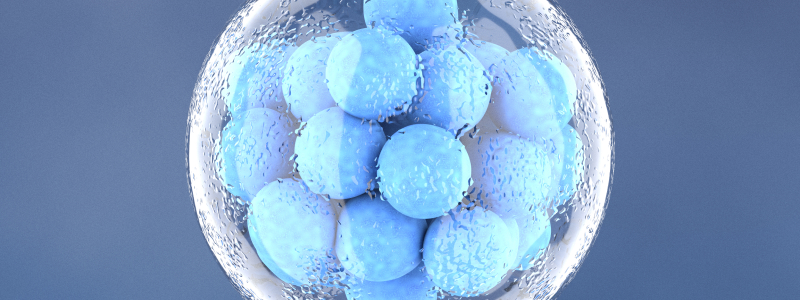
Our Treatments
Blastocyst Culture
Blastocyst culture is a process of growing embryos for 5 to 6 days in the laboratory till they reach the Blastocyst stage. Blastocysts are high-quality embryos which provide a high chance of pregnancy. Typically transfer of a single good quality blastocyst results in a pregnancy rate of up to 65%.
First signs that an embryo has fertilized can be seen on the day after egg pick up. These embryos are then grown in the laboratory for the next few days inside incubators which mimic the conditions found inside the human womb. Generally, embryos show varied growth patterns, with some embryos showing very good growth while others showing average or even poor or abnormal or slow or fragmented growth. The embryologist is the person who takes care of your embryos while they are growing and is responsible for identifying the good quality embryos, a task which requires a lot of skill and experience. Eventually embryos which look healthy and have the best growth patterns are the ones which go on to form a Blastocyst. The other embryos that fail to form a blastocyst are discarded as they do not possess the potential to produce a pregnancy.
Some Simple Understandings about Blastocyst Culture
- Since not all embryos which are created in the lab are destined to implant, it is crucial to be able to identify embryos which possess this pregnancy potential.
- Blastocyst Culture allows selection of embryos with high pregnancy potential, thus helping improve success rates.
- Blastocyst Culture allows doctors to choose a single good embryo for transfer. This helps avoid twin and triplet pregnancies as they have a 3 to 4 fold higher risk of abortions, pre-term births and pregnancy related hypertension.
